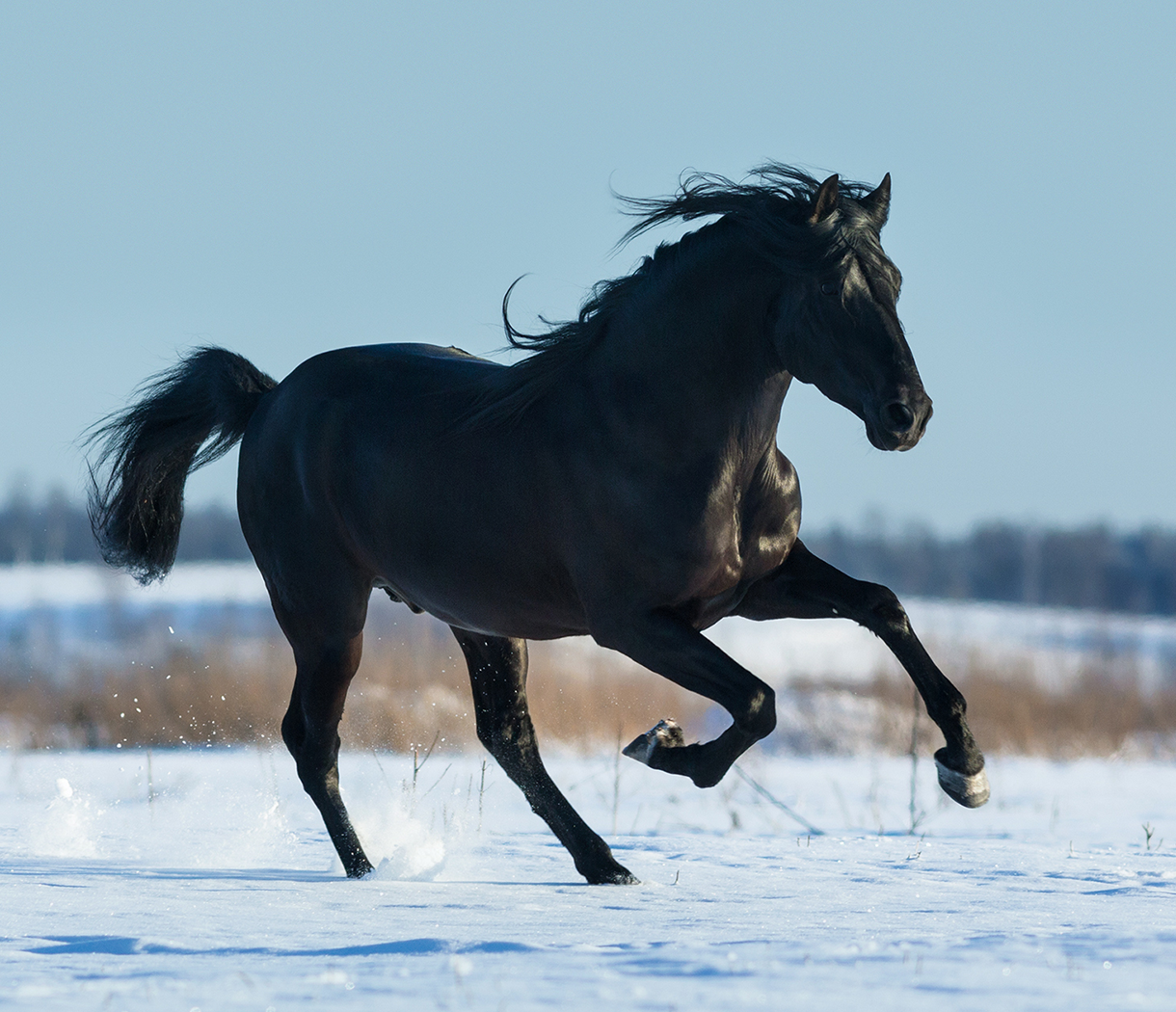The Bruising Reality: How Contusions Slow You Down
Contusions, commonly known as bruises, are a painful reminder that even small impacts to the body can lead to significant discomfort. These injuries occur when blood vessels under the skin are damaged, causing blood to pool and resulting in the classic signs of swelling, discoloration, and pain. Whether it’s a bump during a sports game, a slip on the pavement, or a fall while training, contusions can halt your activity and leave you feeling sidelined. While bruises may seem like minor injuries, they can take time to heal, causing discomfort and limiting your mobility. Traditional treatments typically involve rest, ice, and over-the-counter medications. However, there’s a more effective, faster way to speed up the recovery process and relieve the symptoms of contusions: CO2 Cryotherapy.
Meet CO2 Cryotherapy: The Cutting-Edge Solution
CO2 cryotherapy is revolutionizing the way we treat injuries like contusions. Unlike traditional methods that rely on ice or cold packs, CO2 cryotherapy uses pressurized carbon dioxide (CO2) gas to deliver a precise, targeted cold treatment to the affected area. This therapy is non-invasive, effective, and designed to speed up healing while minimizing discomfort.
The process involves applying CO2 gas to the injured area, where it rapidly cools the skin and underlying tissues. The result? A swift reduction in inflammation, relief from pain, and an acceleration of the natural healing process. Unlike ice packs, which often require constant monitoring and repositioning, CO2 cryotherapy provides a consistent and deeper cooling effect that reaches the muscle and tissue layers beneath the skin.
The Science Behind It
The science behind CO2 cryotherapy is both simple and powerful. When pressurized CO2 is applied to a contusion, it causes blood vessels in the area to constrict (vasoconstriction). This reduces blood flow to the bruised site, helping to minimize swelling and inflammation. The cooling effect also numbs the area, providing immediate pain relief.
After the CO2 gas evaporates, the blood vessels naturally dilate (vasodilation), allowing oxygenated blood to rush to the area. This enhanced circulation brings in vital nutrients, speeds up the repair of damaged tissues, and helps remove metabolic waste products, accelerating the body’s natural recovery process.
In the case of contusions, this targeted therapy promotes faster healing by flushing out the pooled blood that causes discoloration and swelling. It also reduces the pain that often accompanies bruising by desensitizing the nerve endings in the injured area.
CO2 Cryotherapy vs. Ice Packs: The Speed of Recovery
While traditional ice packs are a commonly recommended remedy for contusions, they often come with limitations. Ice packs require frequent reapplication, can be uncomfortable, and may not penetrate deep enough to provide long-term relief. The cooling effect can also wear off quickly, necessitating a constant cycle of reapplication.
In contrast, CO2 cryotherapy offers deeper and longer-lasting relief. The pressurized CO2 penetrates deeper into tissues, providing a consistent, controlled cooling effect. This allows for faster reduction of inflammation, more efficient pain relief, and a quicker recovery time. Patients often notice improvements after just one or two sessions, making CO2 cryotherapy an excellent option for those looking for rapid and effective relief from contusions.
Additionally, CO2 cryotherapy has the added advantage of being non-invasive and free from the mess and inconvenience that often comes with using ice packs. There’s no need to monitor the application or worry about frostbite or discomfort—CO2 cryotherapy offers a safe, comfortable, and precise treatment.
Incorporating CO2 Cryotherapy into Your Recovery Plan
The best way to incorporate CO2 cryotherapy into your contusion recovery plan is to use it early and consistently. For optimal results, it’s recommended to apply cryotherapy within the first 24-48 hours after the injury occurs. This is when the swelling and inflammation are most pronounced, and CO2 cryotherapy can help mitigate these symptoms effectively.
After the initial treatment, continue using CO2 cryotherapy in the following days to speed up healing. This therapy can be part of your regular rehabilitation routine, especially if you experience frequent bruising or injuries. For athletes, regular cryotherapy sessions help treat existing contusions and prevent future injuries. It improves circulation, reduces inflammation, and keeps muscles and joints in top condition.
Before starting cryotherapy treatments, consult with a healthcare professional. They can help determine if it’s right for your condition. While CO2 cryotherapy is generally safe, it’s always wise to discuss any concerns with your doctor, especially if you have pre-existing conditions like circulatory issues.



